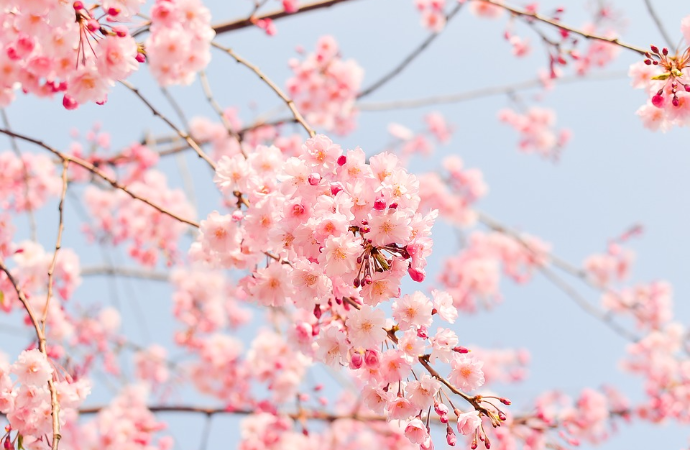At the start of July, JRECO (the Japan Refrigerants and Environment Conservation Organization) announced which companies will receive financial support from the Japanese Ministry of the Environment (MOE) in the first round of funding for natural refrigerant projects (3-4 rounds planned),.

The MOE is taking various steps to actively combat rising HFC emissions in the retail refrigeration sector. The main way to achieve this is by providing subsidies for food retail refrigeration systems and showcases. For the current Japanese fiscal year [2016], the MOE has allocated JPY 7.3 billion (€57.3 million).
This year the MOE has planned for up to four rounds of the subsidy depending on the number of applications and the available budget. In 2015, the uptake was so high they were not able to have a third round.
Huge uptake from Industrial sector
The first round of grant applications, for 2016, saw funding granted for 333 projects in commercial and industrial refrigeration.
70 companies (77 projects) from the cold storage sector, 35 companies (36 projects) from the food-manufacturing sector, and 13 companies (220 projects) from food retail (convenience stores and supermarkets) were selected.
This year, fewer projects are in food retail and 50% more projects are in industrial refrigeration compared to the first round of last year.
Big-name Japanese companies – such as Esaki Glico, Nichirei Logistics, Maruha Nichiro, Yokohama Reito, Ajinomoto and Kobeya from the Japanese industrial cooling sector and COOP, Seiyu, Lawson, Ministop and Yamato Transport from the commercial sector – are to receive subsidies only after completion of the projects.
New support added to target ice rinks and cold stores
In 2016, the Japanese government added ice rinks and chemical manufacturing plants to the list of sectors eligible to receive subsidies. However, there was no company selected for ice rinks or chemical manufacturing during this round.
A large number of industrial facilities in Japan still use R22. Industry has called for the MOE to add extra funding, and an additional one billion JPY subsidy for projects in cold stores and ice rinks this year will be given on top of the existing subsidy programme.
The MOE is now looking for an organisation (like JRECO) to select the companies that will be entitled to the subsidy. The application for organisations is now open, and the application for companies (cold store and ice skate rinks) will be open in autumn this year as soon as the MOE decides which organisation will administer it.
MOE big driver of change
Starting from 2005, the Ministry of Environment (MOE) initiated a subsidy scheme for commercial and industrial projects using natural refrigerants. In the period 2005-2013, the scheme was available to renovation, earthquake reconstruction and advanced technology projects, aiding a total of 242 projects in this phase.
The figure below shows the extent to which the scheme has been used so far.
For more information on Japan's subsidy scheme for natural refrigerant technologies, click here to read our 'GUIDE Japan'.
Related stories



